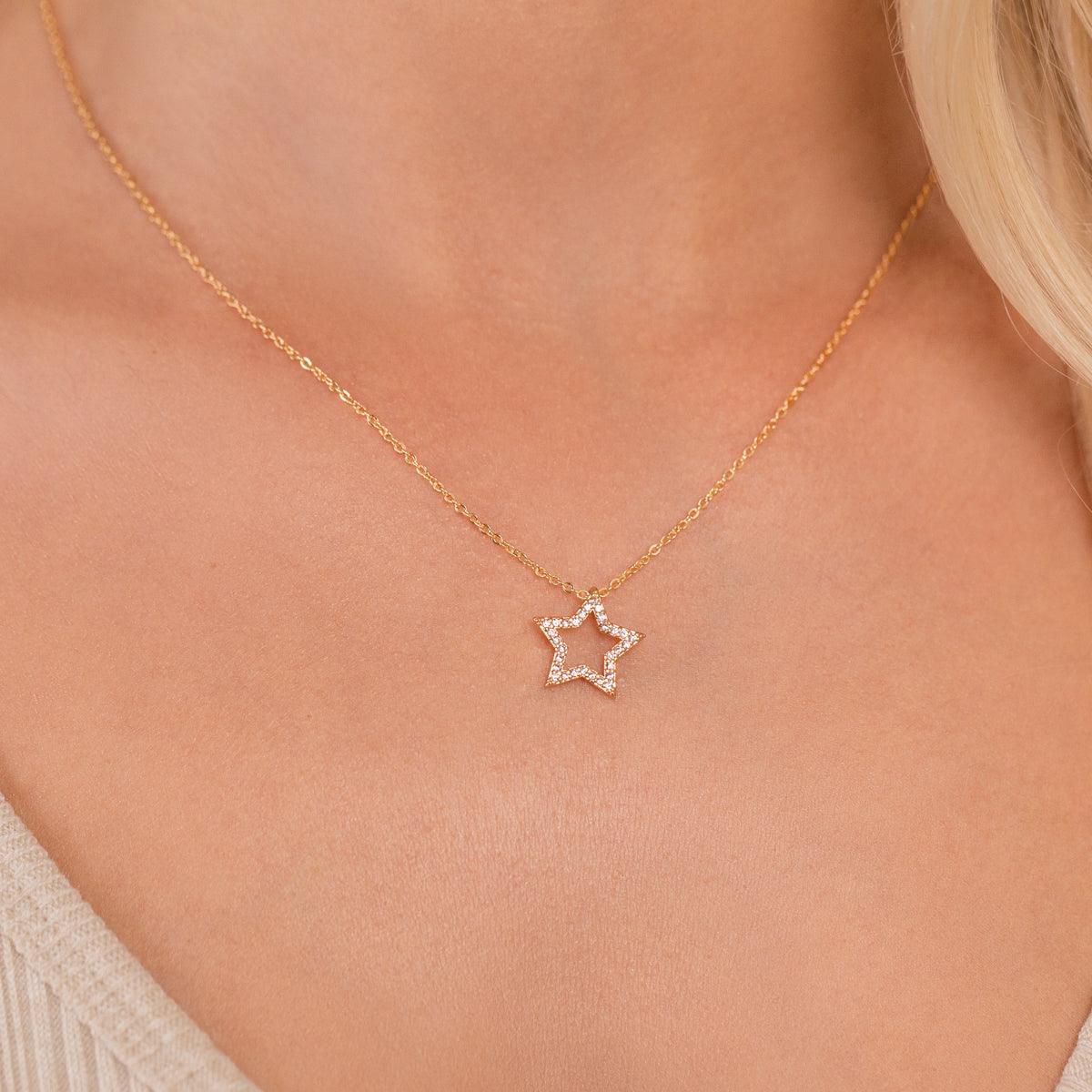The rise of sustainable fashion has ushered in new possibilities and challenges, particularly in the realm of accessories. Among these, costume jewellery has played a significant role, offering stylish, affordable, and sustainable alternatives to traditional jewellery.
Understanding Costume Jewellery
What is Costume Jewellery?
Costume jewellery, known also as fashion or imitation jewellery, refers to accessories crafted to pair with fashionable ensembles. Made typically from affordable, non-precious materials, it provides style and flair without the hefty price tag of precious metals and gemstones. This category includes items such as necklaces, bracelets, earrings, rings, and brooches, embodying the spirit of contemporary and traditional styles alike.
Brief History of Costume Jewellery
Originating in the early 20th century, costume jewellery found popularity through its affordability and versatility. Designed to complement evolving fashion trends, it offered an economical yet stylish solution for fashion enthusiasts. Many iconic figures, such as Coco Chanel and Elsa Schiaparelli, pioneered the movement, popularising the use of non-precious materials in high fashion circles. Today, costume jewellery continues to evolve, meeting the desires of modern consumers and the need for sustainable alternatives.
Connection between Costume Jewellery and Sustainability
How Costume Jewellery Promotes Sustainability
Sustainability in fashion encompasses the reduction of waste, conservation of resources, and minimisation of environmental harm. With its emphasis on reusing and recycling materials, costume jewellery dovetails with these principles. Utilising less expensive and more abundant materials, such as glass, plastic, and synthetics, allows costume jewellery to circumvent the environmental issues associated with precious metal and gemstone mining.
The Impact of Costume Jewellery on the Environment
The production of costume jewellery incurs a smaller environmental footprint compared to traditional jewellery. The manufacturing process requires less energy and water and can utilise sustainably sourced or recycled materials. As a result, the life cycle of costume jewellery – from raw materials extraction to product disposal – is more environmentally benign than that of its precious counterparts.
Current Trends in Costume Jewellery
The Rise of Eco-Friendly Costume Jewellery
Increased environmental consciousness among consumers has led to a surge in demand for eco-friendly costume jewellery. These pieces often incorporate recycled metals, ethically-sourced stones, and natural materials. Some brands even offer 'upcycled' designs, repurposing older pieces into fashionable new accessories. It's a shift that not only reduces waste but also helps in creating a circular economy in the fashion industry.
Prominent Costume Jewellery Brands Embracing Sustainability
Many reputed brands in the fashion industry have embraced the sustainable ethos. From using recycled materials to advocating for ethical sourcing practices, these companies are helping to reshape the landscape of costume jewellery. They serve as powerful examples, illustrating that sustainability and style can coexist.
Why Consumers Prefer Sustainable Costume Jewellery
Economic Benefits
Sustainable costume jewellery is typically more affordable than traditional jewellery. Its accessible price point allows fashion enthusiasts to keep pace with ever-changing trends without making a substantial financial commitment. This cost-effectiveness, coupled with the jewellery's visual appeal, enhances its appeal among consumers.
Environmental Benefits
By selecting sustainable costume jewellery, consumers can directly contribute to the reduction of the fashion industry's environmental impact. This eco-conscious choice reduces the demand for environmentally damaging mining practices, encourages recycling, and minimises energy consumption associated with manufacturing processes.
Social Benefits
Investing in sustainable costume jewellery often means supporting businesses that adhere to ethical standards. These companies prioritise fair trade and labour practices, contribute positively to local economies, and encourage craft preservation. Thus, consumers have the opportunity to influence societal conditions within the industry, fostering social sustainability.
Conclusion
In conclusion, the role of costume jewellery in sustainable fashion is indeed pivotal. Offering stylish, affordable, and environmentally friendly alternatives to traditional jewellery, it stands as a testament to the industry's innovative and adaptive spirit. While challenges exist, the potential for growth and positive impact is immense. As consumers, businesses, and policymakers increasingly recognise the need for sustainability, the future of costume jewellery looks bright, promising a new era of sustainable fashion that is as glamorous as it is responsible.

